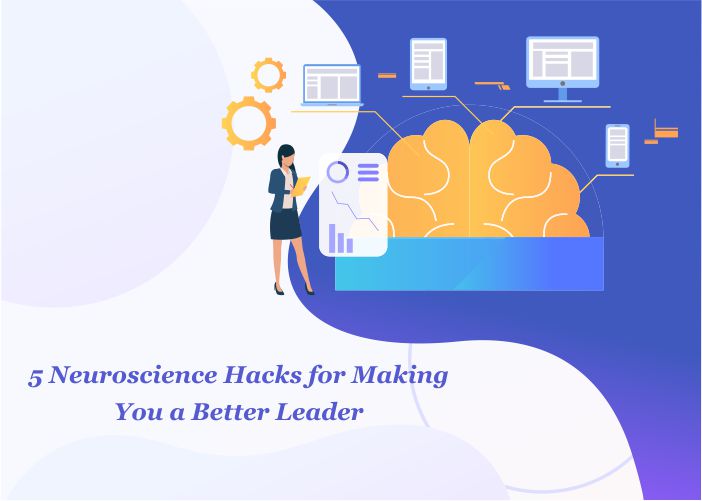31 Motivational Quotes for Entrepreneurs

Entrepreneurship requires mental toughness and resolve. The greatest entrepreneurs thrive on problems, challenge the status quo and turn around things even in dire situations. Entrepreneurs are driven by a vision to build, create and solve problems.





